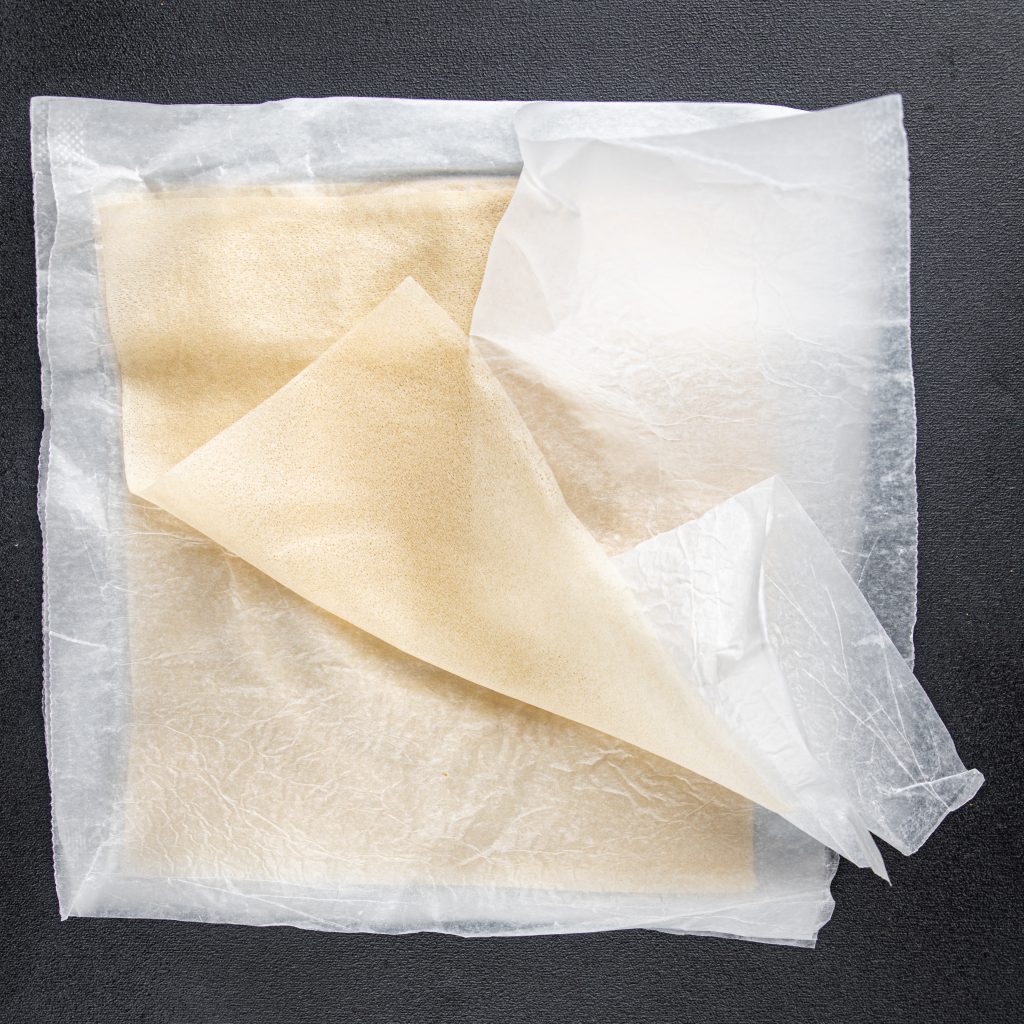In a climate where sustainability is no longer just a buzzword but a commercial imperative, business owners are increasingly scrutinising their packaging choices. Whether you’re a food producer, a skincare brand, or a homeware supplier, your packaging not only protects your product — it communicates your values. Biodegradable cellulose packaging offers a credible, plant-based alternative to petroleum-derived plastics. As consumer demand for compostable and recyclable solutions rises, understanding this material and how it works could be the next step towards a more sustainable operation.
What Is Cellulose Packaging?
Cellulose is an organic compound that forms the primary structural component of plant cell walls. It’s found in abundance in nature, most notably in sources like wood pulp, cotton, and agricultural by-products. What makes cellulose particularly attractive from a packaging standpoint is its biodegradability and renewability — two attributes that are highly prized in the current push for environmentally responsible manufacturing.
When processed, cellulose can be turned into several types of packaging materials. These include traditional forms such as paper and cardboard, as well as cellophane — a clear, flexible film that’s been used in food packaging for decades. More recently, cellulose has also been used to produce biodegradable bioplastics, which offer a similar appearance and performance to conventional plastics, but break down naturally in composting environments.
The range of uses is broad. Cellulose-based materials are found in everything from sandwich wraps and transparent windows in boxes, to outer cartons, trays, and even the labels affixed to consumer goods. Their versatility and environmentally sound profile make them a strong contender for businesses wanting to reduce their reliance on plastic.
How Is Cellulose Packaging Made?
The manufacturing process begins with the collection of raw materials, typically wood or other plant sources high in cellulose content. These are pulped either mechanically or chemically, breaking the material down into a fibrous slurry. Once impurities are removed, the cellulose is reformed into flat sheets or moulded into packaging shapes using extrusion or pressing equipment.
Depending on the intended use, a finishing stage may apply coatings that improve water resistance or printing capability. For instance, while pure cellulose can be sensitive to moisture, additional layers — often still biodegradable — can enhance durability while preserving environmental performance.
This controlled process results in packaging that retains the strength, formability and aesthetic appeal required by modern businesses, all while keeping the environmental footprint to a minimum.
Real-World Uses and Benefits
Cellulose packaging is particularly common in the food sector, where it offers a natural, breathable barrier that helps maintain freshness. Cellophane wraps, for instance, are widely used for baked goods, cheeses, and confectionery, while compostable paper is often used for sandwich wraps or bakery trays. These applications take advantage of cellulose’s transparency, sealability, and biodegradability.
It’s also increasingly used in labelling, where cellulose-based labels provide a sustainable touchpoint that complements recyclable or compostable outer packaging. For brands promoting organic, natural or ethical credentials, this cohesion between packaging and product is especially powerful.
The sustainability benefits are considerable. Because cellulose packaging is derived from renewable sources, it significantly reduces reliance on fossil fuels. Its compostable nature means it can break down into water, carbon dioxide and organic matter in the right conditions, avoiding the long-term pollution associated with microplastics. This not only reduces landfill waste but aligns well with both consumer expectations and tightening regulatory frameworks around packaging waste.
Challenges and Limitations
As with any packaging solution, cellulose is not without its trade-offs. One of the most notable is its moisture sensitivity. While it can be treated to resist water, untreated cellulose does not offer the same moisture barrier as plastic films, which may limit its suitability for products with a longer shelf life or high-water content.
Cost is another consideration. Producing cellulose packaging, especially when certified for compostability, can be more expensive than using conventional plastic. For small businesses or those operating on tight margins, this might require a careful cost-benefit analysis.
Moreover, while cellulose packaging is compostable, it needs the right conditions to break down effectively. In many areas, the infrastructure for industrial composting is still limited. This means consumers must either have access to home composting or live in a region with municipal compost services — and they must also know how to dispose of it correctly. Misplaced packaging in general waste streams may limit its environmental benefits.
Conclusion
Cellulose packaging presents a genuine opportunity for businesses to align their packaging strategies with growing environmental demands. It combines aesthetic appeal, functional performance, and sustainable sourcing, making it an increasingly popular alternative to conventional plastics. However, adopting this material requires thoughtful consideration around product compatibility, cost, and end-of-life disposal.
For businesses ready to take that step, cellulose offers more than just an eco-label — it supports a broader commitment to sustainable innovation and responsible consumer engagement. To explore its full potential and get practical insights into using it for your own product labels, please give us a call today

